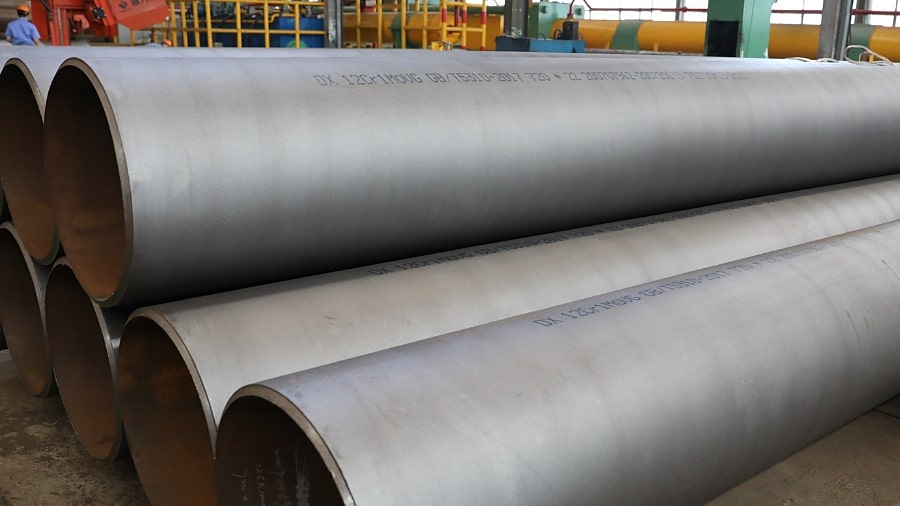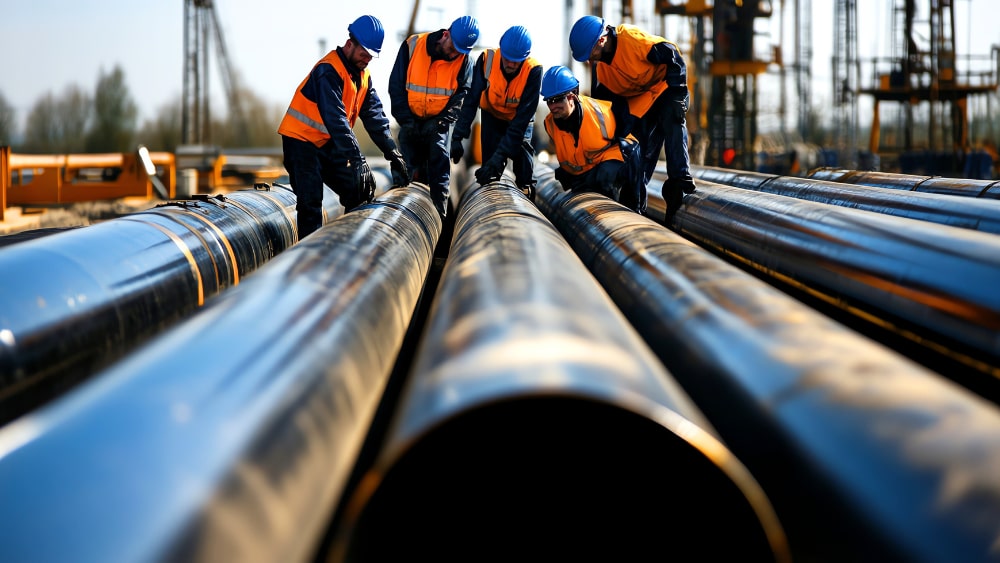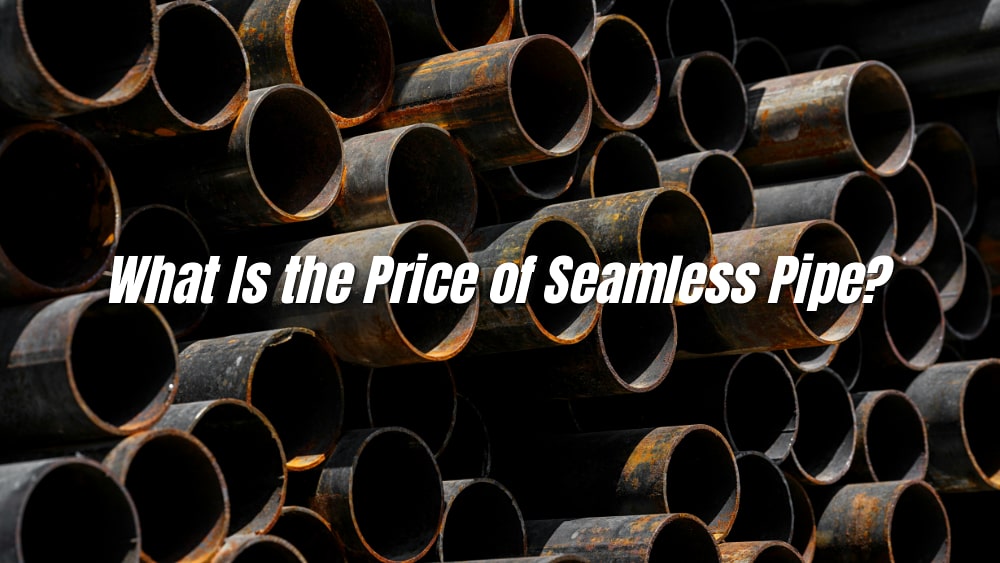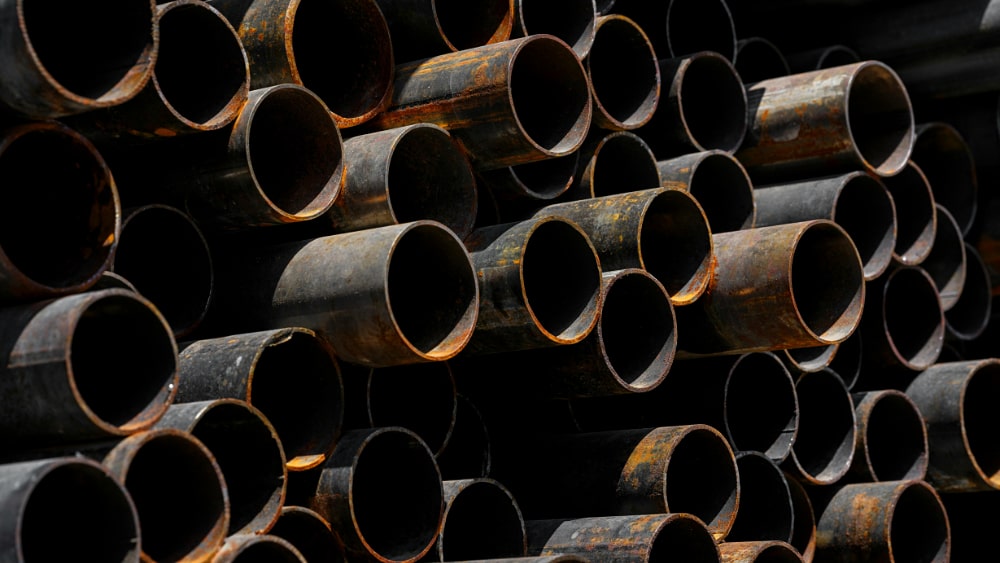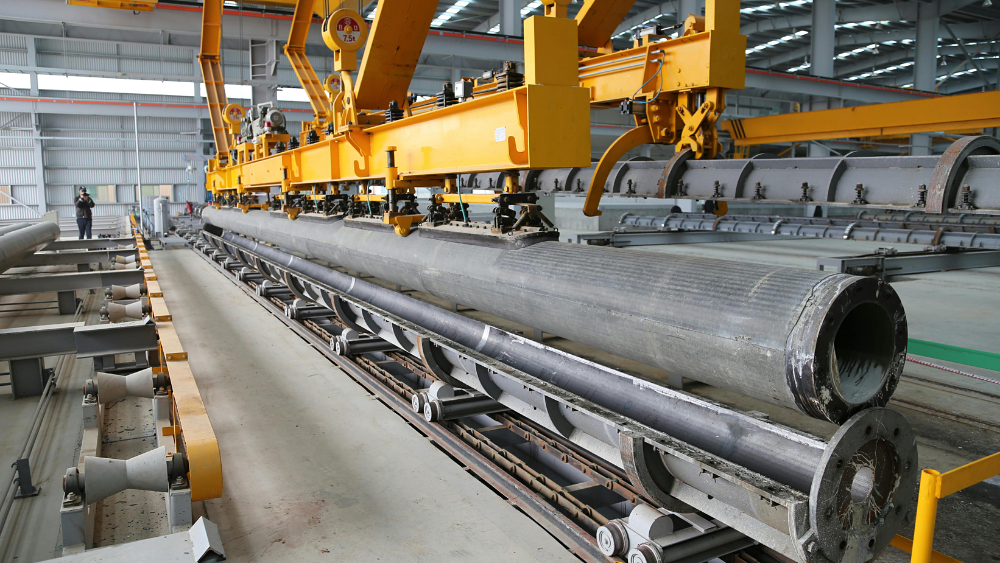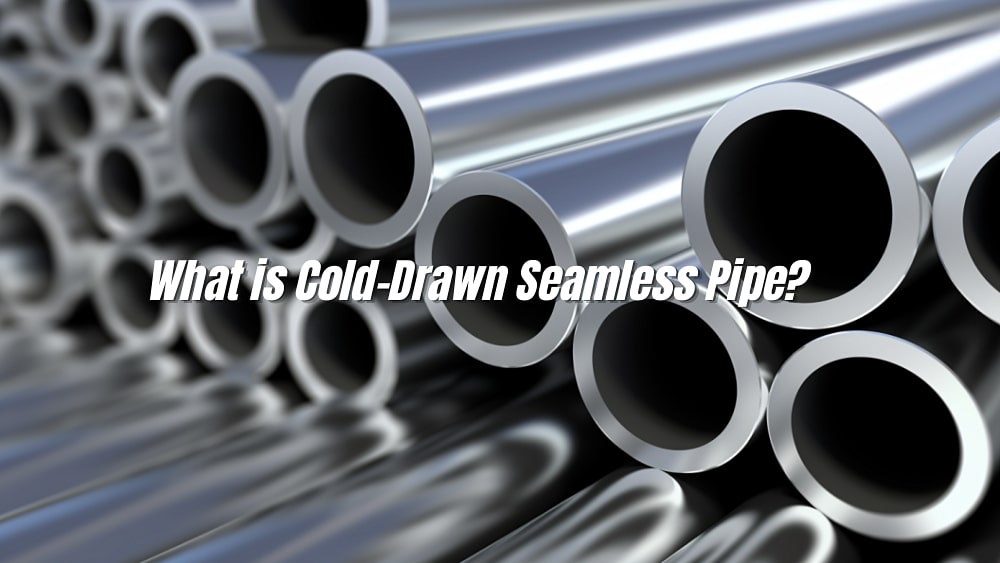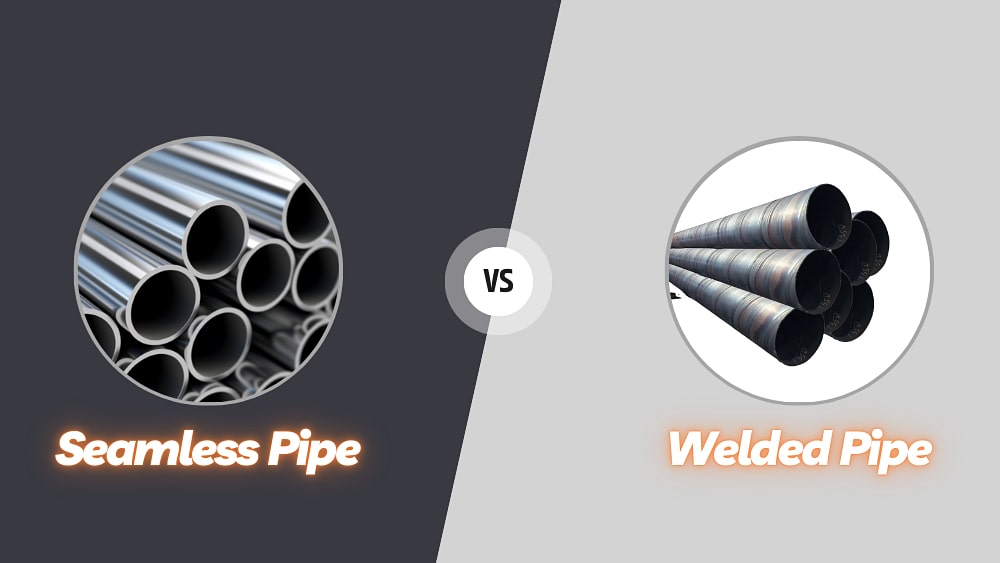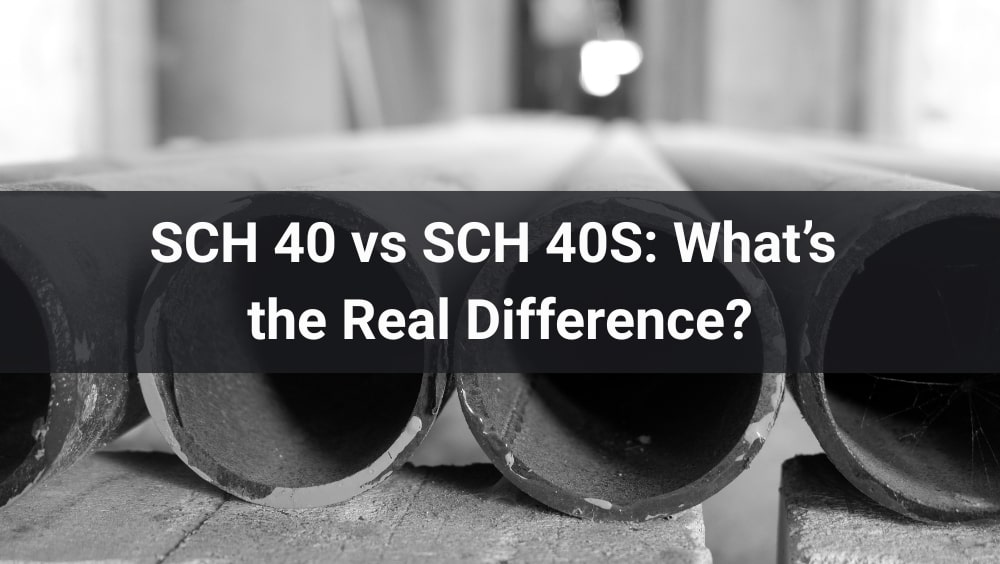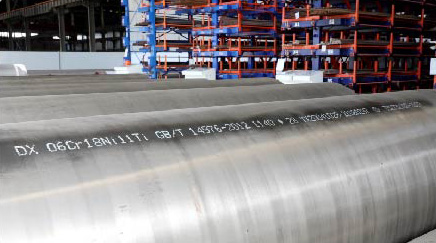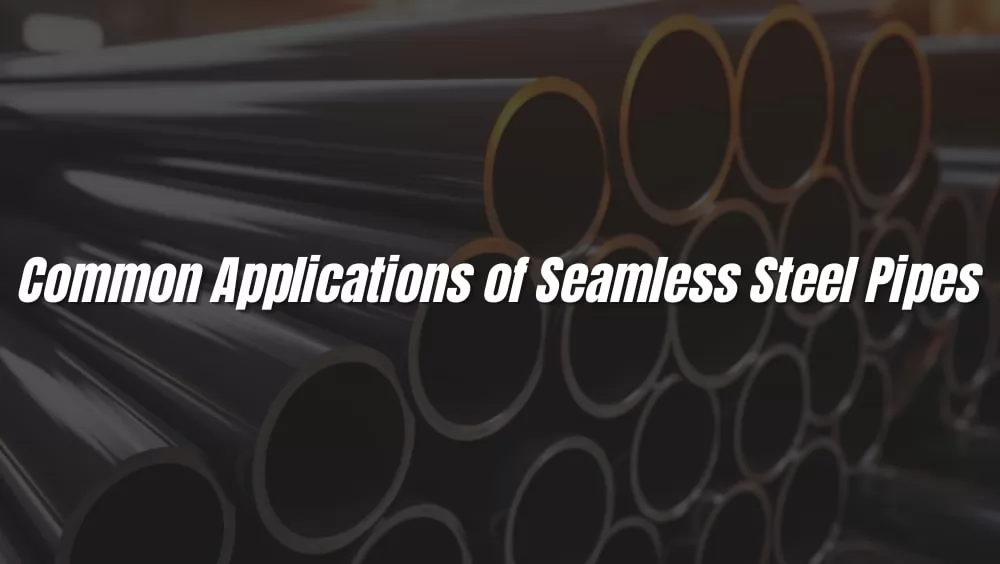
Seamless steel pipes are widely used across industries thanks to their exceptional strength, high pressure resistance, and corrosion performance. With no weld seams, they can withstand extreme working conditions, which is exactly why so many industries rely on them.
From oil and gas transportation to high-temperature, high-pressure power boilers, and even heavy machinery and structural construction, seamless steel pipes play a vital role in countless critical applications. For those seeking reliable and high-quality seamless steel pipes that meet rigorous industry standards, detailed product information can be found on specialized supplier websites.
Let’s explore the seven most common uses of seamless steel pipes together. You might realize that your industry also relies on their unmatched reliability!
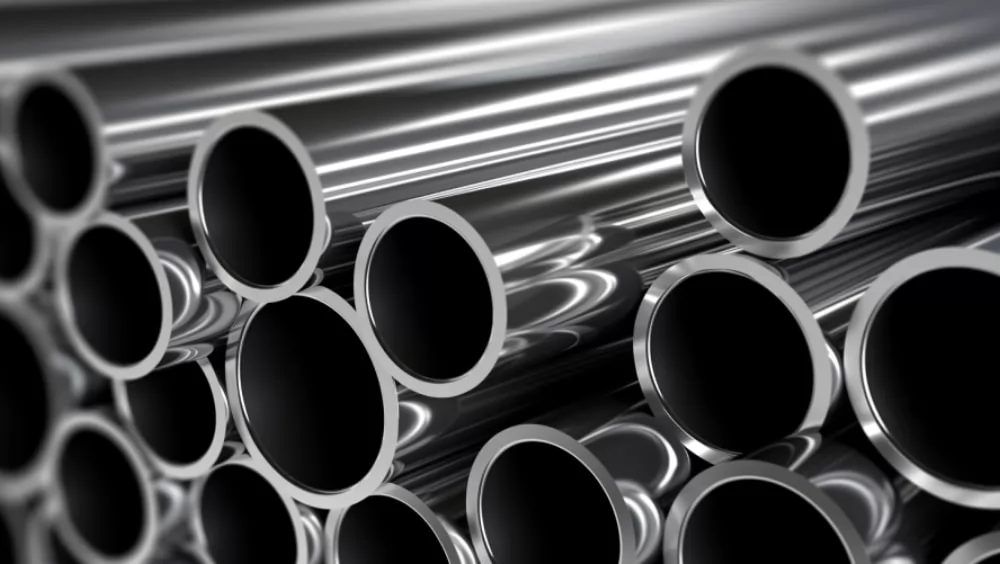
A seamless pipe is a type of pipe without any welded joints, made directly from a solid metal billet through processes such as extrusion or piercing. This ensures the pipe has a uniform structure and integrity. Without weld seams, it offers tighter construction, higher strength, and better pressure resistance, making it suitable for high-pressure, high-temperature, and corrosive environments.
Seamless pipes are widely used in industries such as petroleum, chemical, power generation, boilers, and shipbuilding, especially where high safety and reliability are required. Although the manufacturing process is complex and the cost is relatively higher, seamless pipes provide significant performance advantages and are an essential part of critical equipment and piping systems.
Seamless steel pipes have a wide range of applications across multiple industries thanks to their excellent strength, high pressure resistance, and superior corrosion performance. Below is a detailed overview of the applications of seamless steel pipes in various sectors:
| Industry | Typical Applications | Specific Use Cases |
|---|---|---|
| Oil & Gas | Pipelines, casing, tubing, subsea pipelines | Onshore/offshore transport of crude oil & gas, drilling well protection, deepwater pipelines |
| Power Generation | Boiler tubes, superheater tubes, high-pressure pipelines | Thermal & nuclear plants for steam, water, gas distribution under high temp & pressure |
| Petrochemical & Chemical | Chemical transport pipes, high-temp & high-pressure equipment | Handling acids, alkalis, organic solvents; reactors, furnaces, heat exchangers |
| Automotive & Mechanical | Hydraulic cylinders, fuel injection tubes, bearing sleeves | Hydraulic systems, precise mechanical parts with tight tolerances |
| Construction & Structural | Load-bearing structures, beams, columns | Buildings, bridges, offshore platforms, cranes |
| Shipbuilding & Marine | Ship system pipes, marine corrosion resistant pipes | Fuel, oil, water transport in ships & offshore platforms |
| Aerospace & Defense | High-strength structural & hydraulic components | Aircraft, rockets, military vehicles under extreme conditions |
Seamless steel pipes are essential materials widely used in the oil and gas industry. Oil and gas companies typically rely on seamless steel pipes to transport crude oil, natural gas, and refined products, as these pipelines can withstand high pressure, high temperatures, and harsh corrosive environments. In addition, seamless steel pipes are commonly used in drilling operations for drill pipes, casing, and tubing systems, ensuring that oil and gas are extracted safely and efficiently from underground formations.
The oil and gas industry chooses seamless steel pipes because of their exceptional strength and sealing performance. The seamless structure eliminates the potential leakage risks associated with weld seams, which is critical for long-distance transportation and deep-well drilling. Moreover, high-quality seamless steel pipes can maintain their performance under extreme conditions.
Recommended Specifications for Seamless Steel Pipes Commonly Used in the Oil and Gas Industry:
Seamless steel pipes are critical components widely used in the power generation industry. Power plants typically rely on seamless steel pipes for high-pressure boilers, heat exchangers, superheaters, and reheater systems, as these pipes can withstand high temperatures, high pressure, and corrosive steam environments. In addition, seamless steel pipes help ensure the safe and efficient transfer of steam and fluids throughout the power generation process.
The power generation industry chooses seamless steel pipes because of their excellent strength, high-temperature resistance, and long service life. The absence of weld seams reduces the risk of rupture or leakage under extreme pressure, which is vital for maintaining stable and continuous power supply. Moreover, high-quality seamless steel pipes help power plants operate more efficiently while reducing maintenance costs.
Recommended Specifications for Seamless Steel Pipes Commonly Used in the Power Generation Industry:
Seamless steel pipes play a vital role in the petrochemical and chemical industry. These pipes are commonly used in reactors, pressure vessels, heat exchangers, and pipelines transporting aggressive chemicals and high-pressure fluids. Their excellent corrosion resistance and ability to withstand high temperatures and pressures make them indispensable for safe and reliable chemical processing.
The petrochemical and chemical industry prefers seamless steel pipes because of their durability and chemical stability. The seamless design eliminates weak points caused by welding, reducing leakage risks in harsh chemical environments.
Recommended Specifications for Seamless Steel Pipes Commonly Used in Petrochemical and Chemical Industry:
Seamless steel pipes are a key choice for manufacturing high-performance components in the automotive and mechanical engineering industries. These industries typically rely on seamless steel pipes to produce automotive chassis, hydraulic system pipelines, and precision structural parts in machinery. These seamless pipes offer excellent strength and dimensional accuracy, meeting the demands for high strength and fatigue resistance in complex mechanical environments.
The automotive and mechanical engineering industries choose seamless steel pipes due to their consistent quality and outstanding mechanical properties. The seamless structure effectively eliminates fatigue and leakage risks caused by weld defects, ensuring reliability under high-speed operation and vibration conditions. Additionally, seamless steel pipes support various heat treatment and machining processes to meet diverse mechanical design requirements.
Recommended Specifications for Seamless Steel Pipes Commonly Used in Automotive and Mechanical Engineering:
Seamless steel pipes are essential materials commonly used in the construction and structural applications industry. Architects and contractors typically rely on seamless steel pipes to manufacture load-bearing supports, scaffolding tubes, and steel structural frameworks. These seamless pipes offer excellent strength and corrosion resistance, meeting the stringent requirements for load capacity and safety in buildings and infrastructure.
The construction and structural industry chooses seamless steel pipes because of their uniform material properties and superior weldability. The seamless structure effectively eliminates weaknesses at weld joints, reducing the risk of structural failure and ensuring stability and durability of construction projects. Additionally, seamless steel pipes can adapt to various environmental conditions, helping to enhance overall project quality and service life.
Recommended Specifications for Seamless Steel Pipes Commonly Used in Construction and Structural Applications:
Seamless steel pipes are essential materials used in the shipbuilding and offshore engineering industries for manufacturing piping systems and structural components. Shipyards and offshore platforms typically rely on seamless steel pipes to produce pipelines that transport seawater, oil, gas, and other fluids, as well as load-bearing parts of hulls and offshore structures.
The shipbuilding and offshore engineering industries choose seamless steel pipes for their excellent corrosion resistance and high strength. The seamless structure effectively eliminates weak points at welds, ensuring that piping systems and structural components can withstand high pressure and salt spray corrosion in harsh marine environments. Additionally, seamless steel pipes help extend equipment lifespan and improve the safety and reliability of offshore operations.
Recommended Specifications for Seamless Steel Pipes Commonly Used in Shipbuilding and Offshore Engineering:
Seamless steel pipes are essential materials in the aerospace and defense industries for manufacturing critical structural components and hydraulic systems. These industries typically rely on seamless steel pipes to produce aircraft fuel lines, high-pressure hydraulic tubing, as well as high-strength mechanical parts used in missiles and military equipment.
The aerospace and defense industries choose seamless steel pipes because of their exceptional strength, precise dimensional stability, and excellent high-temperature performance. The seamless structure eliminates safety risks associated with weld defects, ensuring reliable operation of equipment under extreme environments and heavy loads. Additionally, seamless steel pipes support various special alloys and heat treatment processes to meet the stringent requirements for high-performance materials.
Recommended Specifications for Seamless Steel Pipes Commonly Used in Aerospace and Defense:
The unique manufacturing process eliminates weld seams, providing uniform strength and better performance under high pressure and stress. This makes seamless steel pipes the preferred choice in critical applications where safety, durability, and performance cannot be compromised.

Seamless steel pipes offer several significant advantages over their welded counterparts, making them the preferred choice for many critical industrial applications. Here are the key benefits:
Because seamless pipes are made from a single piece of metal without any welded seams, they have a uniform structure and no weak points. This makes them stronger and more durable, especially under high-pressure and high-stress conditions.
Seamless pipes are ideal for applications involving extreme pressure and temperature, such as in oil and gas, power plants, and petrochemical industries. The absence of weld seams reduces the risk of failure caused by cracks or leaks.
Many seamless pipes are made from corrosion-resistant alloys or stainless steel grades. Their uniform composition and lack of weld joints reduce the chances of corrosion starting at weak spots, extending the pipe's service life.
The robust structure of seamless pipes decreases the risk of rupture or leakage, which is critical in applications where safety is paramount, such as transporting hazardous fluids or gases.
Seamless pipes generally exhibit better mechanical properties such as tensile strength, fatigue resistance, and toughness, which are essential for demanding mechanical and structural applications.
Manufacturing processes for seamless pipes allow for tighter tolerances and more precise dimensions. This precision is beneficial in high-performance applications where exact fit and finish matter.
These advantages make seamless steel pipes an indispensable material in industries such as oil & gas, chemical, power generation, and mechanical manufacturing. For a closer look at how seamless pipes are applied across different sectors, you can explore various real-world use cases on the application overview page.
Step 1: Identify Application Requirements
Step 2: Select Suitable Material Grade
Step 3: Specify Size and Wall Thickness
Step 4: Verify Standards and Certifications
Step 5: Check Manufacturing Process
Step 6: Consider Cost and Availability
The future of seamless steel pipe applications is driven by the increasing demand for high-performance materials capable of withstanding extreme pressures, temperatures, and corrosive environments. Advances in alloy development and heat treatment will enable pipes with enhanced strength, toughness, and durability to meet the stringent needs of evolving industries.
Alongside this, seamless steel pipes will find growing roles in renewable energy sectors such as hydrogen transportation, geothermal power, and carbon capture and storage. These emerging applications support the global shift toward cleaner and more sustainable energy infrastructures, requiring materials that ensure both safety and long-term reliability.
Moreover, the integration of smart technologies including Industry 4.0, IoT-enabled monitoring, and AI-powered quality control is transforming seamless pipe manufacturing and application. These innovations improve production precision, reduce defects, and enable real-time performance tracking, allowing predictive maintenance and lifecycle optimization that enhance safety and reduce operational downtime across critical infrastructure systems.

A1: Generally yes, due to complex manufacturing, but the higher cost is justified by better performance and longevity in critical applications.
A2: Seamless pipes have no weld joints, offering better strength and reliability, making them safer under high pressure and temperature conditions.
A3: Yes, especially those made from stainless or alloy steel, seamless pipes resist corrosion, making them ideal for chemical and petrochemical applications.
A4: Absolutely. Their uniform strength and durability make them ideal for heavy load-bearing structures like bridges, buildings, and offshore platforms.
A5: They come in a wide range of diameters and thicknesses to suit different applications, from small mechanical parts to large industrial pipelines.
The diverse uses of seamless steel pipes prove their irreplaceable value in ensuring safety, performance, and long-term durability. Knowing how they are used can help you make smarter choices for your next project.
However, selecting the right seamless steel pipe also means choosing a trustworthy supplier who guarantees strict quality standards and reliable delivery to keep your project running smoothly.
Dexin Steel Tube is dedicated to providing high-quality seamless steel pipes and professional support to help customers in various industries achieve safe and efficient results. Contact us today to learn more about our solutions!
Your Name*
Your Email*
